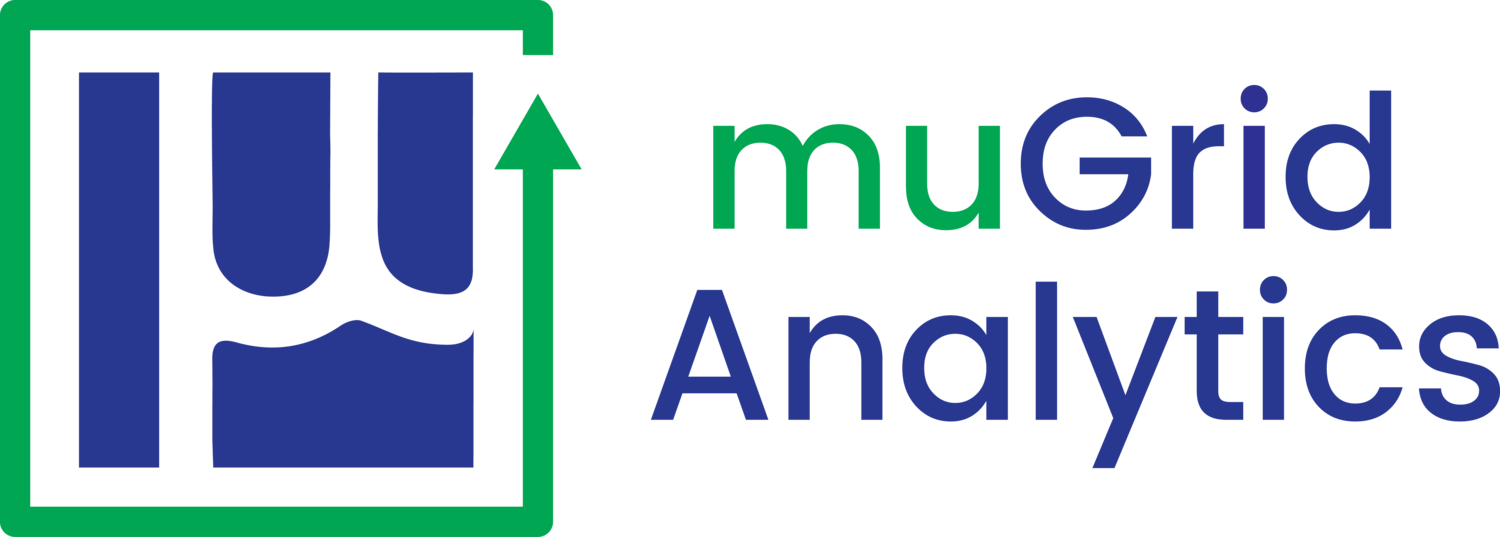REopt Energy Modeling Tool
Dr. Travis Simpkins has dedicated his career to bringing mathematical modeling and optimization to the world’s hardest problems. In 2010, he set out to help solve the world’s energy challenges by joining the National Renewable Energy Laboratory in Golden, Colorado. During the next seven years, he transformed the lab’s approach to energy modeling by creating REopt, one of the first tools capable of simultaneously modeling multiple energy sources at a site. He grew REopt — short for Renewable Energy Optimization — from a fun side project into one of the lab’s most recognized tools with a multi-million dollar annual budget.
REopt, more than just a tool
Dr. Simpkins didn’t set out to just build a software tool. Instead, he sought to create a new approach to modeling energy projects — particularly renewable energy — using cutting edge quantitative finance and stochastic modeling techniques that he learned while studying with some of the greatest thinkers in financial engineering at the MIT Sloan School of Management. The resulting methodology, which he eventually taught to the lab’s analysts and engineers, removes emotion from the process, instead relying purely on data, math, and code to make unbiased decisions. At a time when only environmentalists and early adopters were installing solar, this was quite revolutionary.
Dr. Simpkins brought other aspects of quantitative finance to the field of renewable energy as well. He was the first at the lab to use stochastic modeling to quantify and then monetize the resiliency benefits of solar plus storage and other hybrid microgrids. Rather than just speculating about the energy security that these systems could offer, Dr. Simpkins used high performance computing resources to create monte-carlo like simulation capabilities that could statistically quantify the likelihood that a microgrid could survive an outage occurring at random points throughout the year. This allowed planners and investors to accurately predict the impact that a microgrid would have on sustaining their operations during a disaster — and thus enabled them to secure funding for these projects. These capabilities were eventually integrated into the REopt tool.
REopt today
The REopt tool has now been used at over 7000 sites across the United States and around the world. The approach has been used to identify cost-effective renewable energy projects for the federal government, including the US Army, Navy, Marines, and Air Force, as well as other agencies who saw the value in using mathematical modeling to achieve their energy goals at the least cost. The tool has become a cornerstone of the NREL analysis suite.
An online version of the tool, dubbed REopt Lite, is under development and scheduled for release. This tool will offer end-users access to some of the basic energy modeling capabilities that Dr. Simpkins developed. It will be a valuable tool for those just starting out with energy modeling and looking for some preliminary numbers as they get started with their project.
Redcloud: energy modeling for the future
Dr. Simpkins left the National Renewable Energy Lab in 2016 to start his own company, muGrid Analytics. There he aims to bring the power of data analytics, mathematical modeling, and financial engineering to the broader world. He and his muGrid colleagues have developed the next generation best-in-class modeling platform, Redcloud, which was built from the ground up to optimize the distributed energy resources that will make up the future of our transactive electrical grid, when customers are both consumers and producers. Redcloud also brings advanced capabilities to battery storage applications, including the ability to optimize battery energy storage sizing and dispatching across multiple stacked revenue streams.
Learn more about how your project can benefit from Redcloud. Contact muGrid Analytics today.

